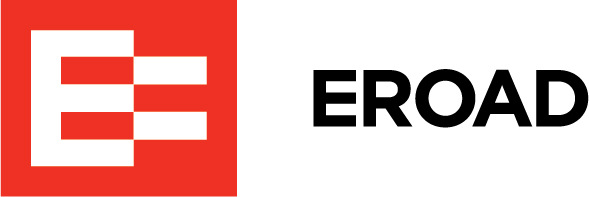If you use telematic devices in your fleet, you need a telematics policy.
From electronic logging devices and GPS systems to dash cams and smart trailer tracking, telematics devices are ubiquitous in the trucking industry today. The data collected by telematics can help motor carriers operate more safely and efficiently. But those goals are best met when there is a framework for how telematic devices and the data they generate are used.
And that means crafting a formal telematics policy for your organization.
A telematics policy ensures that everyone in your organization is on the same page when it comes to your telematics program. It helps remove any ambiguity or misgivings around the use of telematics. And it lays out expectations for drivers and consequences for when those expectations aren’t met.
If you don’t have a telematics policy already, it’s time to create one. To get you started, here are three questions your policy should answer.
Why Are Telematics Being Used?
Everyone in your organization – from senior leadership to drivers – needs to understand what you hope to achieve through using telematics. To that end, your telematics policy should spell out the broad goals of your program. These often include things like:
- Ensuring safety and compliance
- Boosting efficiency
- Improving customer service
- Being proactive with maintenance
While many drivers have come to accept the use of telematics devices in their trucks and trailers, some may still see them as an intrusion or an indication of lack of trust by management. However, by including the “why” in your telematics policy, you’re taking the focus of telematics use off the individual driver and putting it onto positive goals that benefit the entire organization.
How Is Data Being Collected?
This is where you outline the types of telematics devices you’re using and in which vehicles. Again, it’s crucial to be transparent about in-cab equipment to avoid the appearance that you’re spying on your drivers. Common telematics devices include ELDs, GPS tracking for trailers, smart trailer sensors and video recording devices. For any telematics devices you’re using, you should also explain what data they are collecting.
In the case of dash cams, for example, be sure to let your drivers know whether you’re only capturing footage of the road or if there is also a driver-facing camera. Also let them know if audio is being recorded. You never want to approach a driver with data that they were not aware was being collected.
Related: How to Create a Dash Cam Policy
What Data Is Being Collected (and How Is it Used)?
In this section of your telematics policy, you should list what is being collected by telematics devices. These things should tie back to the stated goals of your telematics program. For instance, the safety goal would be served by measuring speeding, rapid acceleration, hard braking and harsh cornering. For the goals of improving efficiency and customer service, you could measure idle time and route and location data.
This is also the place to explain your organization’s rules and corrective actions. For example:
- What is considered a speeding violation (how far over the speed limit and for how long)?
- What amount of idle time is permitted before a violation occurs?
- What is considered hard braking or harsh cornering?
Corrective actions can range from verbal or written warnings to stronger penalties, including suspension and termination (especially for cases of tampering with telematics equipment). Your policy should also lay out how soon after an event a driver will be followed up with for potential corrective action. For serious violations, it may be within 24 hours. For less serious things, such as idling too long, it may be 72 hours or more.
The key is to be transparent so that everyone involved understands what is expected of them and what the process will be if they fall short of those expectations.
Other Telematics Policy Considerations
- Have your drivers review and sign your telematics policy to ensure that they understand it and will follow it.
- Review your policy regularly and adjust it to accommodate any changing needs or technologies in your fleet.
- Reinforce your telematics policy often through safety meetings, coaching and other appropriate communication.
- Be sure to recognize safe drivers who consistently follow your company policies and procedures.
EROAD delivers accurate, consistent data to drive your business. Solution features a reliable tethered in-cab device and top-rated ELD. Functions include DVIR, live tracking, activity reporting, fuel tax management, and tools to streamline maintenance and control fuel costs. Get more capabilities with EROAD’s driver workflow app, dashcam and trailer tracking.

